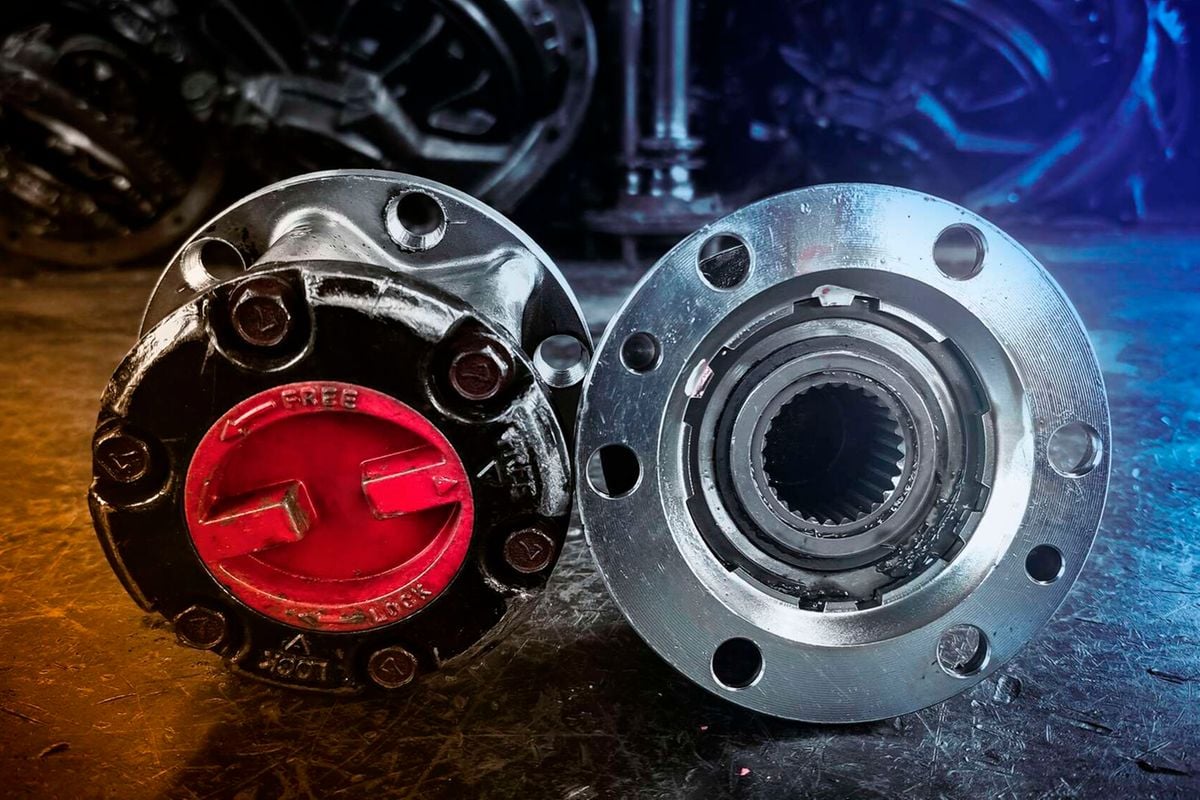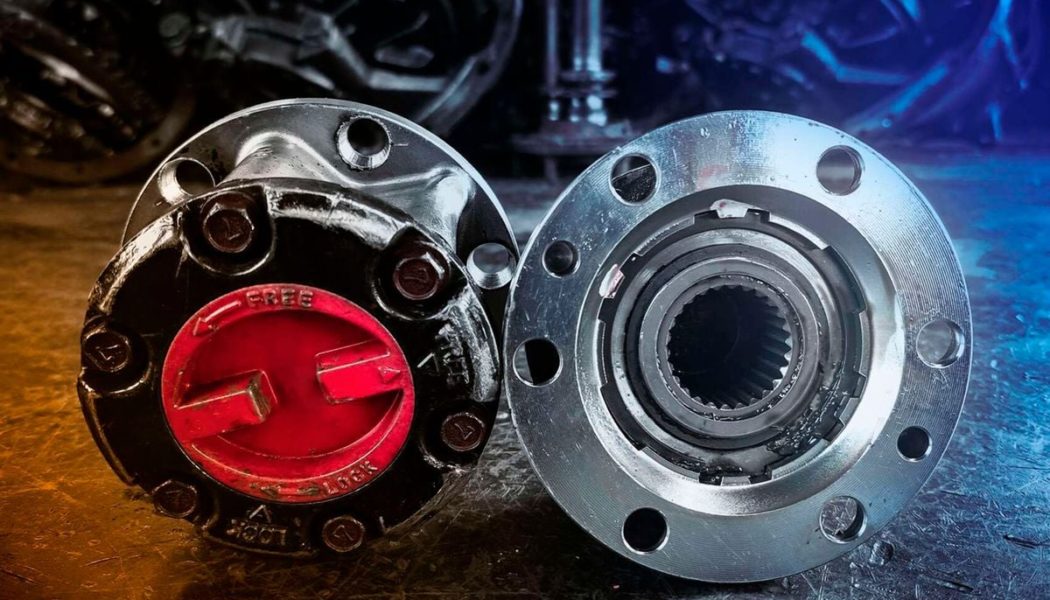
I have just bought a middle-aged 4WD that has “free-wheeling” hubs on the front axle. What do these special hubs do? Are they essential, or just gimmick? Should I run with them on “lock” or “free”, and when should I change the setting? Clement
Free-wheeling hubs are optional but quite useful – with minor but real benefit to performance, fuel economy and reducing some wear-and-tear.
You should always set them to “lock” whenever you engage 4WD and preferably set them to “free” when you return to 2WD.This is the how and why:
When you are in 2WD, the front prop shaft is disconnected from the gearbox. But it is still connected to the front differential, the front drive shafts, and the front wheels. And those wheels, though no longer powered, still rotate as the vehicle moves along…so they spin their driveshafts, and the differential, and the propshaft.
That’s quite a lot of heavy metal to spin, acting as a “rolling resistance” load which the engine has to devote energy to overcome.
What free-wheeling hubs do is disconnect the wheels from the driveshafts.
So now the wheels continue to rotate, but the driveshafts, differential and propshaft – disconnected at both ends – stay still. That saves the engine some rolling resistance energy and either liberates more power for performance or saves fuel.
It also spares wear-and-tear on the forward transmission components, which would otherwise be operating their cogs and bearings to no constructive purpose.
It is okay, but a waste, to leave the free hubs in lock all the time. The car will simply operate as though it had conventional hubs. In theory, you can also engage 4WD when the front hubs are set on free, but you will only be in 2WD and this time the gearbox will be working to spin the front propshaft, diff and drive shafts to no useful effect. The front wheels will not receive the power.
What is not okay is to leave the hubs on the free setting if you engage the “low range” transfer box. This more than doubles the torque transmitted by the gearbox, which is okay when it is shared by two axles but can impose too much strain for only one axle to handle. That could damage the rear diff and even shear the rear driveshafts.
In practice, you will drive most of the time with the hubs on free and lock them only when using 4WD. If you are in challenging conditions requiring frequent changes between 2WD and 4WD, you can leave them on lock to save having to stop and set the hubs at every change and set them to free again only when you are back on good roads.









